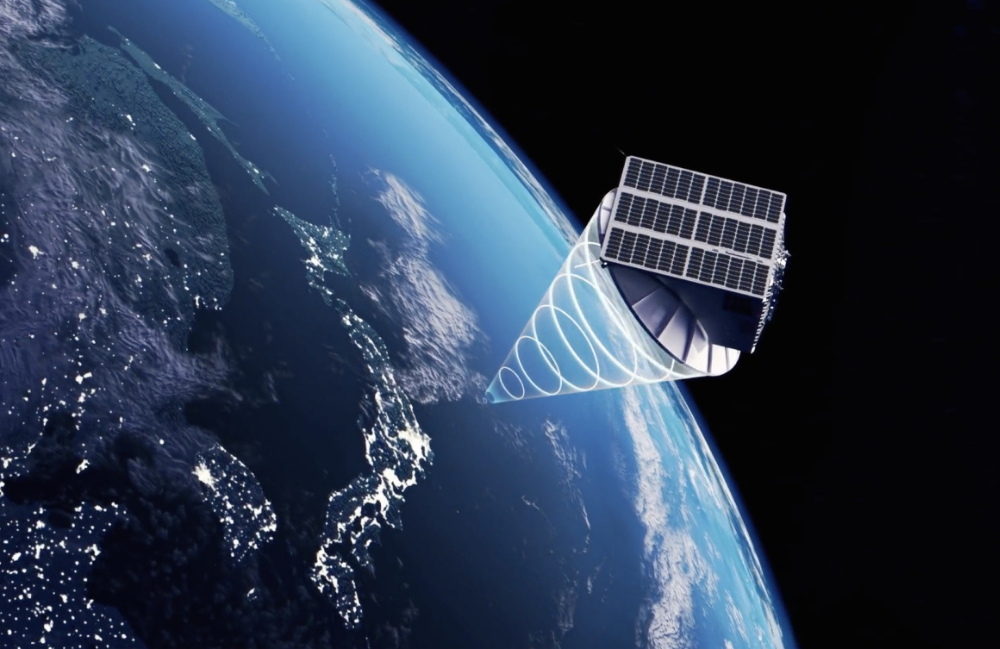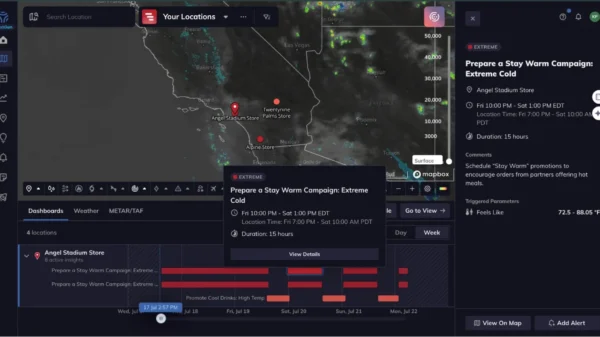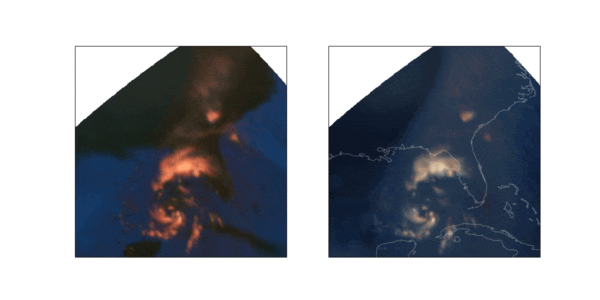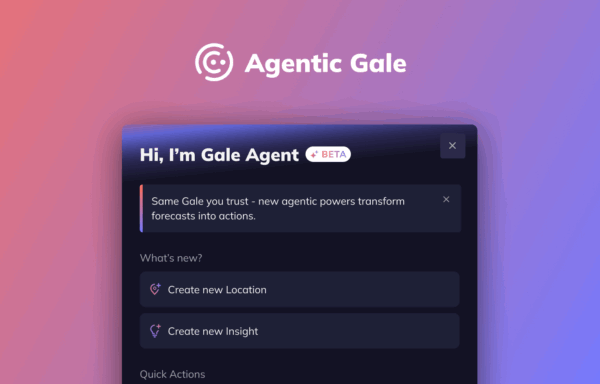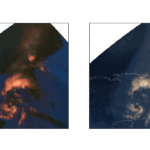Precipitation data from space combined with Tomorrow.io’s proprietary AI, deep learning, and neural networks are producing groundbreaking results from smallsat radar.
BOSTON – Weather intelligence and climate resilience leader Tomorrow.io announced that initial data from its Tomorrow-R1 and Tomorrow-R2 pathfinder satellites now demonstrates high levels of accuracy over a wide range of precipitation rates and types.
With AI playing a significant factor in weather forecasting capabilities, the datasets fueling AI are proving to be the differentiating performance factor above all else, and high-quality global precipitation datasets being collected by Tomorrow.io’s constellation of radar-equipped satellites will be a foundation for these models in the near future.
Validation studies conducted by former NASA Research Meteorologist and current Principal Atmospheric Data Scientist, Dr. Joe Munchak, compared Tomorrow.io’s Ka-band radar NOAA’s ground radar network MRMS product and performed the same analysis with GPM’s Ka-band radar product for comparison.
“Our products have similar or better performance than the Global Precipitation Measurement (GPM) mission KaPR products in many statistical categories, owing to the unprecedented sensitivity of the Pathfinder radars at Ka-band and our ML-enhanced retrieval technique,” said Dr. Joe Munchak, Principal Atmospheric Data Scientist, Tomorrow.io.
“Equally impressive is that our satellite data achieves high correlation with the NEXRAD ground-based system, which is a significant benchmark in the field. As our constellation and unique dataset continues to advance during 2024 and into 2025, Tomorrow.io will continue to innovate in using this data to forecast weather anywhere in the world including over oceans.”
More details about the Pathfinder precipitation product were posted on Tomorrow.io’s website.
- Validation studies overview: Tomorrow.io’s analysis of its pathfinder data included five months of real-world measurements directly compared to both GPM and NEXRAD.
- Direct Observations vs. reanalysis: The Tomorrow.io dataset is a direct observation of precipitation in the atmosphere at high resolution, as opposed to a coarse-resolution reanalysis that is a synthesis of many data sources but where precipitation may not match observations at fine scales.
- Data is king in a world of AI: The role of AI and deep learning have already proven to be a significant opportunity for present and future capabilities. While Tomorrow.io launched the weather industry’s first weather and climate AI in 2023 and is constantly pushing the boundaries of AI, the most important factor in performance is the dataset that any AI is pulling from, and Tomorrow.io is the only entity with access to its unique dataset which now includes its proprietary satellite data.
Upcoming satellite launches throughout 2024 will meaningfully expand upon Tomorrow.io’s weather forecasting capabilities as the company continues to produce the world’s most accurate, real-time weather intelligence available for global benefit.
Alongside this progress, Tomorrow.io will continue to leverage spaced-based observations in Tomorrow.io products, including the Tomorrow.io Resilience Platform™ and Tomorrow.io Weather API.
Learn more about Tomorrow.io’s space mission today.
Interested in our data?
Check out the Tomorrow.io Weather API to get started.
